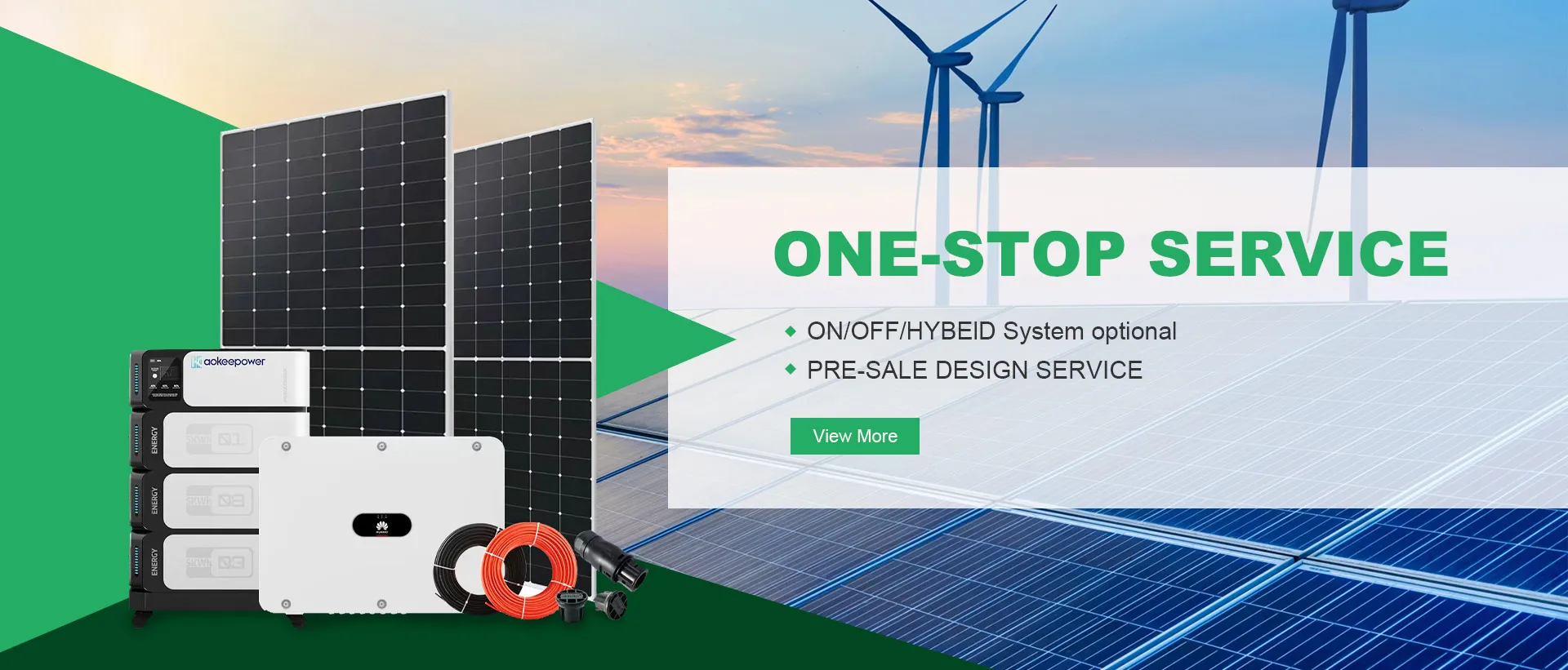Exploring the Efficiency of Monocrystalline Silicon Solar Cells for Enhanced Renewable Energy Solutions
The Efficiency of Monocrystalline Silicon Solar Cells
In the pursuit of sustainable energy, solar power has emerged as a pivotal solution to meet the world’s growing energy demands while reducing greenhouse gas emissions. Among the various types of solar cells, monocrystalline silicon solar cells stand out for their high efficiency and longevity, making them a popular choice for residential and commercial applications. This article delves into the efficiency of monocrystalline silicon solar cells, exploring their advantages, drawbacks, and the factors influencing their performance.
Monocrystalline silicon solar cells are composed of a single crystal structure, which provides them with distinct advantages over other types of solar cells, such as polycrystalline or thin-film cells. Typically, monocrystalline solar cells have efficiency ratings between 15% to 22%, with some of the latest advances pushing efficiencies beyond 23%. This level of efficiency indicates the percentage of sunlight that the solar cell can convert into usable electricity. The higher the efficiency, the smaller the area required to produce the same amount of electricity, making monocrystalline panels ideal for limited space applications, such as rooftops in urban settings.
One of the primary factors contributing to the high efficiency of monocrystalline silicon solar cells is the purity of the silicon used in their manufacture. Monocrystalline silicon is created using the Czochralski process, where a single crystal is drawn from molten silicon. This results in a material that is more efficient at absorbing sunlight than its polycrystalline counterparts, which are made from multiple silicon crystals and have lower energy conversion rates. Furthermore, the uniform structure of monocrystalline silicon allows for better electron mobility, reducing energy loss during the conversion process.
efficiency of monocrystalline silicon solar cell

Aside from higher efficiency, monocrystalline solar cells are also known for their longevity and warranty periods. Most manufacturers offer warranties of 25 years or more, indicating their confidence in the durability and sustained performance of these panels. They typically experience lower degradation rates, maintaining efficiency over time compared to other solar technologies. This long lifespan contributes to a better return on investment, as homeowners and businesses can rely on their solar systems to produce energy for decades.
Despite their advantages, monocrystalline solar cells are not without drawbacks. They generally come with a higher upfront cost compared to polycrystalline and thin-film solar cells. This initial investment can be a barrier for some consumers, even though the long-term savings on energy bills often justify the expense. Additionally, manufacturing monocrystalline solar cells is more energy-intensive, which raises concerns about environmental impacts associated with their production.
Another crucial factor affecting the efficiency of monocrystalline solar cells is the temperature. Solar cells tend to operate more efficiently in cooler temperatures. High ambient temperatures can reduce the efficiency of all solar cell types, but monocrystalline cells may experience a more significant drop in performance beyond certain temperature thresholds. Thus, geographical and climatic considerations play a vital role in optimizing the deployment of these solar technologies.
In conclusion, monocrystalline silicon solar cells represent one of the most efficient solar technologies available today. Their high efficiency, durability, and long-term performance make them an attractive option for those looking to invest in solar energy. As the technology continues to advance and costs decrease, it is likely that monocrystalline solar cells will play an even more significant role in the global transition to renewable energy sources. With the ongoing innovations and a growing commitment to sustainability, the future of solar energy looks promising, driven in part by the efficiency of monocrystalline silicon solar cells.
-
Unlocking Energy Freedom with the Off Grid Solar InverterNewsJun.06,2025
-
Unlock More Solar Power with a High-Efficiency Bifacial Solar PanelNewsJun.06,2025
-
Power Your Future with High-Efficiency Monocrystalline Solar PanelsNewsJun.06,2025
-
Next-Gen Solar Power Starts with Micro Solar InvertersNewsJun.06,2025
-
Harnessing Peak Efficiency with the On Grid Solar InverterNewsJun.06,2025
-
Discover Unmatched Efficiency with the Latest String Solar InverterNewsJun.06,2025







